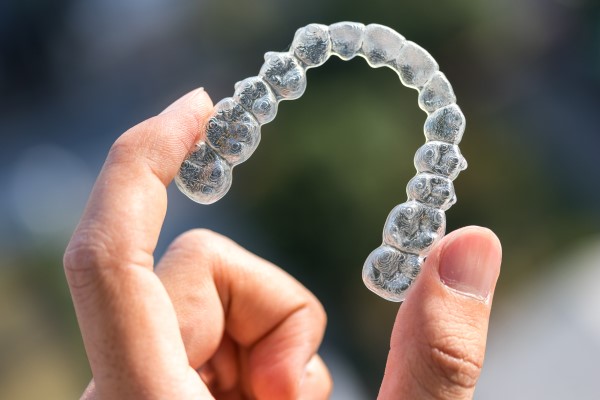Age 7Pinehurst, NC
Excellent oral health infers not only healthy teeth and gums but also proper growth and development of the jaws and a healthy bite. This is where the orthodontist comes in. The American Association of Orthodontists advises that your child is seen by the orthodontist, no later than their 7th birthday.
Take Your Child To See The Orthodontist By Age 7.
While it is true that most orthodontic treatment begins between the ages of 9 and 14, by age 7, a child will have a combination of primary (baby) and secondary (permanent) teeth. Orthodontists are dentists who have an additional three years of specialty training. An orthodontist will recognize any underlying problems with jaw growth or the health and stability of your child’s bite.
Keep in mind that the majority of patients seen at this young age will not require any treatment. However, certain, specific types of bite problems will warrant early intervention. Early treatment may prevent more serious problems from developing and may make treatment at a later age shorter and less complex. When your child is young, the orthodontist will have the ability to guide jaw growth, reduce the risk of trauma to protruding teeth, correct harmful oral habits such as thumb sucking and improve the appearance of the teeth. Correcting aberrant dental conditions such as these will improve the health of your child’s bite. It will also improve their confidence and self-esteem.
Early Warning Signs.
Orthodontists can improve smiles at any age but there is usually a best age for treatment to begin. An early examination will ensure that the orthodontic specialist can initiate treatment for your child at the appropriate time. The objective is to deliver maximum improvement, in the minimum amount of time and with the least expense. The impetus for early examination is that some orthodontic problems are simply easier to correct at younger ages. Even if your child’s teeth appear to be straight, there could be a hidden problem that only an orthodontist can identify. Chances are, your child will have a good check-up and you will be pleased to hear that everything is all right.
When you are at home, you can take the opportunity to look for a variety of signs that your child may have a developing bite problem. Early orthodontic attention may be indicated if you detect any of the following:
- early or late loss of baby teeth
- missing teeth or extra teeth
- difficulty or discomfort with biting or chewing
- chronic finger sucking
- crowded or misplaced teeth
- protruding teeth
- regular trauma to the teeth
- continual cheek biting
- teeth that do not meet together, or meet in an abnormal way
- jaws that are too far forward or back
- an asymmetric (uneven) appearance to the face or jaws





